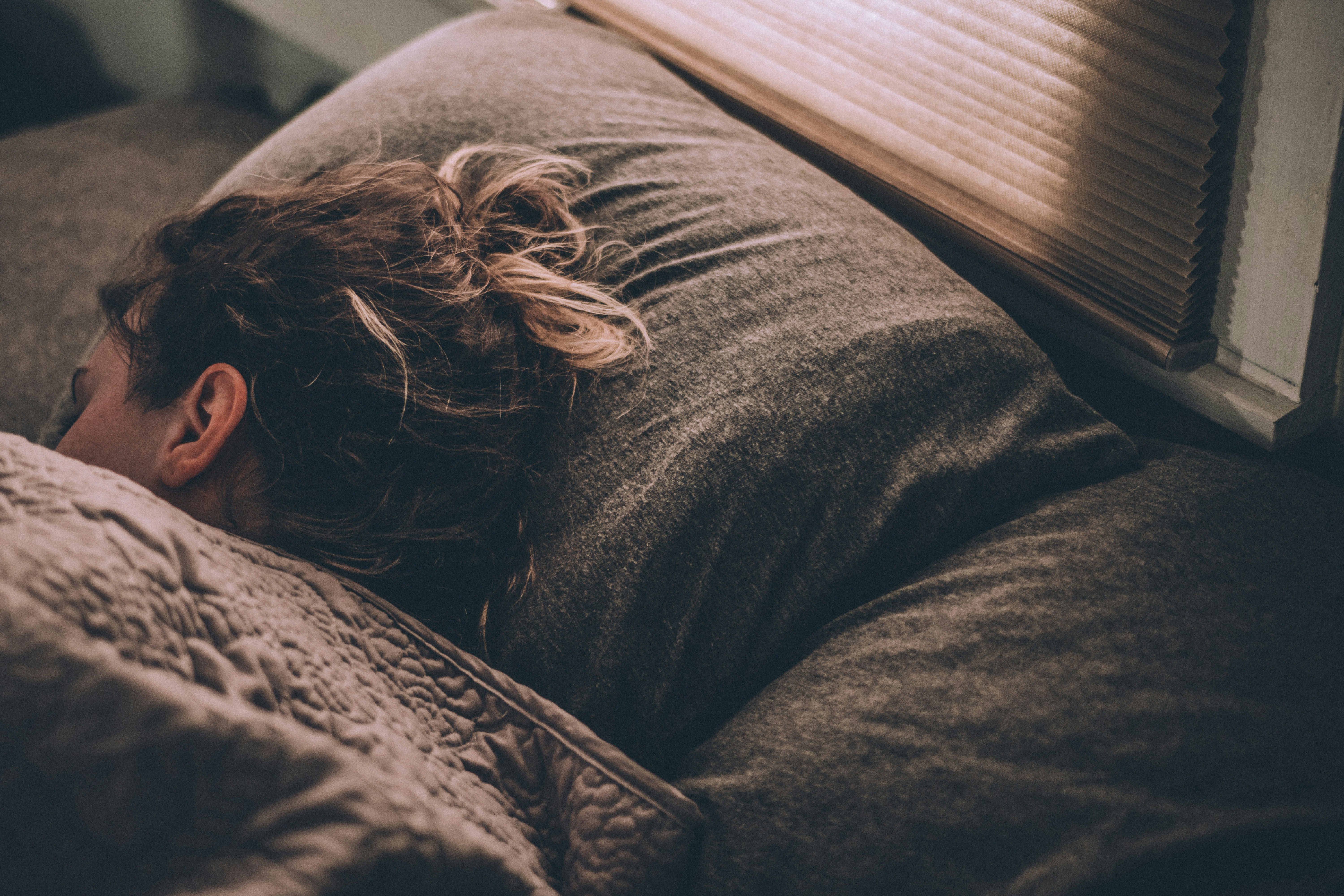As a resident physician, I frequently have to reset my sleep going for night shift to day shift. This is the system I created to help with that. It involves breaking up your 24 hour day into three-eight hour blocks. You can use this yourself and start to have amazing sleep and energy during the day. I draw this out on a paper with all the times listed out. Follow the ten steps! Here we go:
Ten Step Sleep Reset
1. Wake up time
Decide what time you will wake up, keep this set and solid throughout. Waking up at the same time everyday is one of the most reliable ways to have a set rhythm. For me, its approximately 6am.
We start our sleep system with waking up because from that moment, if your circadian rhythm is on point, you will fall asleep effortlessly in approximately 16 hours.
2. Bed time
Subtract about 7-8 hours from your wake up time. This is your bedtime. We will get to what to do around bedtime to make the transition to sleep effortless in a moment. For me this about 10pm.
3. Caffeine stop time
Subtract 8 hours from your bedtime. This is your caffeine stop time. For me, it’s around 2pm. Caffeine is one of my greatest joys but also one of the biggest thieves of sleep. Striking a balance is key.
We’ve now cut the day into 3 parts. The first 8 hours, if you’re inclined, are highly caffeinated and productive. The second 8 are less caffeinated to allow yourself to sleep at night (you can still be productive here, but there are other tricks besides more caffeine). The last 8 are for relaxation and sleep. Perfectly balanced. Now to set the rest of the day up.
4. Napping Window
Go back 8-10 hours before bedtime again. This is an opportunity for a nap. For me, this is between 12-2pm. A nap isn’t necessary, but if you do like to nap, this is an opportune time where post lunch fatigue sets in. This is a perfect time to rest for 20-40 minutes and have enough energy to finish the last 8 hours of the day. If you nap too late after this window, you’ll end up being too awake to sleep at night and get into a vicious cycle. Discipline is needed here, but it will pay off.
5. Eating Stop Time
Subtract about 2-3 hours from your bedtime, this is when you should stop eating. Ideally, you don't want to be too full or too hungry before bed. Going to sleep too hungry makes it hard to fall asleep and going to sleep too full, makes it hard to get into deep, restorative sleep. Find the balance for you.
6. Morning Rituals
Set-up your morning to allow sleep at night. THIS IS THE MOST IMPORTANT STEP. What you do in the first hour after waking up will shape the rest of the day and set in motion a 16 hour clock to allow you to seamlessly fall asleep at night. The key things are:
Get outside and get sunlight early on. Taking a walk in the sun will tell your internal circadian clock that its day time and increase levels of alertness. It will also help setup your melatonin production right before you sleep. Do this long enough and your body will be ready to go in the morning
Workout, if possible. Working out early in the morning gets your body temperature up which is a key variable for alertness, just as dropping your body temperature at night is a key variable for sleep. If you prefer to workout later in the day thats fine, but at least get your body moving with a quick walk or some pushups
Consume your caffeine and food. Every organ has a circadian clock, eating early in the day tells your internal digestive organs like stomach, intestines and liver its day time. Getting all these clocks in sync is key. Use caffeine if you’d like to get accustomed to the early waking.
7. Bedtime Routine
Now back to bedtime. Subtract 1 hour from your bed time and this is the Wind Down Period. Our bodies aren’t machines that can be quickly turned on and off. It takes time get going in the morning and time to get rested at night. Things to keep in mind during this 1 hour period before bed:
Avoid screentime. You’ve heard it a million times, but cellphone/laptop/tablet screens at this hour are DESTRUCTVIE for sleep. Not only is the bright light from the screen impairing melatonin production, it also keeps your mind going and doesn’t allow you to get into a relaxer state. As much as you can, limit this before bed
Charge your phone outside your room, and use an actual alarm clock. Sounds simple, but we all have started scrolling on social media while in bed and before you know it, 90 minutes have passed and that’s precious sleep we won’t get back. I bought a cheap alarm with light on Amazon and it was a game changer.
Do something for YOU that gets you relaxed. You’ve earned it after a long day. Hot shower, stretch, read. Whatever floats your boat
Now you’ve gotten a nice daily timeline with habits in place to optimize deep sleep at night and rich wakefulness during the day.
8. 14 days
Stick to this for 14 days and allow your internal clock to fully calibrate. At first, it may be hard and require some caffeine to get going in the morning (trust me, been there). But, after some time, you’ll find yourself waking up before your alarm clock and feeling alert.
9. Consistency
Try to keep this consistent, even on the weekends. If you wake up 3 hour later on the weekend, it's like you just traveled 6 hours by plane into a new time zone. Your body is confused. Your energy levels suffer. Don’t do this. If you tend to stay up on weekends, try to keep your wake up time as regular as possible and possibly supplement with a longer afternoon nap, in the time period mentioned above.
10. DON’T NOCEBO
Even if you sleep 4 hours, don’t go into the day saying “I only slept 4 hours, I’m going to have a horrible day”. Chances are, this is going to make your day even worse than the sleep loss alone. This is the nocebo effect, or when negative thoughts about an event make it worse. I’ve had some of my most productive days with 4 hours of sleep and some of my least productive with 8 hours. Once it’s go time, its go time.
With these 10 steps, you should be able to set yourself up for a beautiful day and restful night. It really works like magic once you get it down, the problem is the modern world insists on trying to ruin this for us.
Let me know how it works for you and what questions you have
Note: this author is not directly affiliated with MARROW. Their article(s) are here for educational purposes only. If you are the author and wish to have your content removed, contact us here.
MARROW //
built by @brookslagle in Framer 🫶
© 2024


